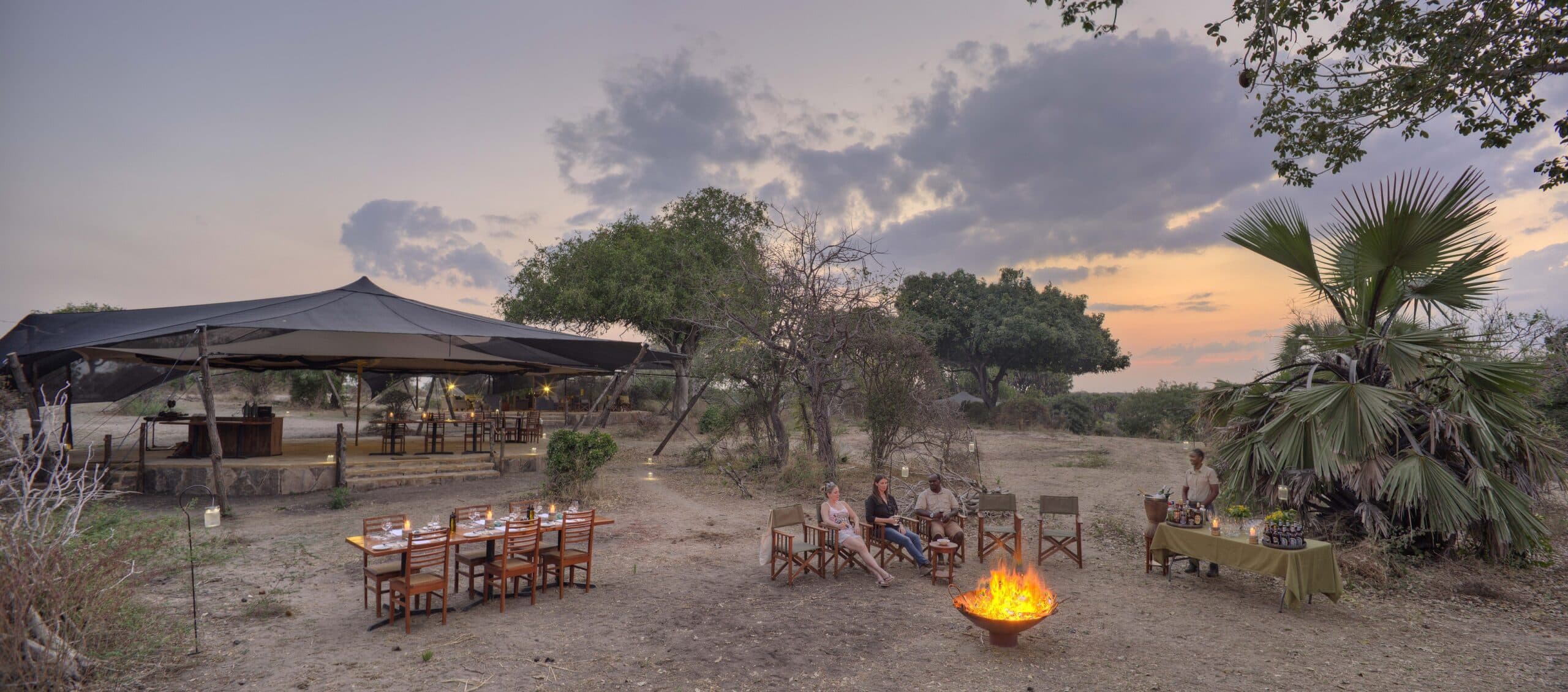One of the first questions people ask after booking a safari is “what do I wear”? So we’ve put together some simple guidelines to help you out.
What to wear on Safari
- Layers – the temperature can vary rather a lot, so pack light layers that you can double up when necessary.
- Comfortable shoes – unless you’re on a walking safari, you won’t need hiking boots. But you will still want comfortable shoes. Closed toes are preferable when you’re out and about. Open toe sandals or sturdy flip flops are sometimes a good option if you are in a vehicle-based safari.
- A hat – the sun can be fierce, so protect yourself with a lightweight hat. Pick one with a brim to help keep the sun out of your eyes too.
- A lightweight scarf is often useful to keep away flies and keep your neck warm during early morning / evenings
- Sunglasses – this goes without saying! Try and get decent-quality sunglasses with UV protection.
- Light, neutral colours – you should avoid dark black and blue clothes as they can attract certain insects, avoid bright patterns because they can attract mosquitos. There’s a good reason most safari clothes are in shades of beige, sand and khaki.
- Easy care clothes – you’ll be in and out of vehicles and out in the wild, so the last thing you need is to be worried about clothes with fussy care instructions. Pick clothes that won’t wrinkle easily and are simple to wash and dry.
- Comfort is key – look at your itinerary. How long are you going to be on the road on any given day? Think about how your clothes will feel after that long. Ditch anything that digs in or makes you uncomfortable.
- Sports bra – seriously. Some of the roads can get very bumpy and you’ll thank us for the extra support when you’re bouncing along.
- Swimming costume – if your camps have pools, make sure you pack accordingly.
- Long clothes – long sleeves and trousers or long skirts/shorts will help keep you covered, providing some level of protection from the sun and insects. This isn’t a replacement for insect repellant though, you’ll still need to pack that.
- Sunscreen – this is very important to protect your skin, especially in the hotter months.
What to wear on safari in winter
While daytime temperatures in winter in Africa may be a balmy 25 degrees, evening temperatures can drop considerably, so you’ll want to pack some warmer clothes to layer up with such as a fleece or light pullover.

If you’re travelling during the rainy seasons, you’ll also need to pack a raincoat so that the weather doesn’t put a dampener on your trip. The rainy seasons in Kenya and Tanzania are from November to January and March to May.
If you tend to feel the cold, you might want to pack a warm hat especially if you have any early morning game drives – it can be chilly first thing and you will always have more fun if you’re not shivering. However, many of the camps put blankets in the car to keep you cosy.
Don’t forget that South Africa is in the southern hemisphere, so their summers and winters are the opposite times to ours.
Do you have to wear neutral colours on safari?
If you’re going on a walking safari, yes, you absolutely need to blend into the background. You’ll be walking into the territory of the animals you are hoping to see, and you don’t want to distract or scare them – white is too high contrast and will be very visible to animals. However, many of the animals are colour blind so it is the depth of colour rather than the shade that’s worth bearing in mind.

On a safari where you’re going out on game drives, it’s not quite as important to pick from a neutral palette, however there still are good reasons to stick to neutrals even then. White clothes might get a little grubby. At the same time, you should avoid black and very dark colours too, as they can attract Tsetse flies, which have an unpleasant and painful bite.
What NOT to wear on safari
There are a few more things to avoid if you want to have a relaxed and enjoyable safari. Don’t take your jeans – not only will you be far too hot, but denim takes forever to dry if you should get wet.
Camouflage patterned clothing is another no no. It is not a fashionable choice in Africa – it tends to be reserved for members of the military, so it is likely to draw unwanted attention, especially in airports or at border crossings.
High heels won’t get much use on safari – they’re impractical when you’re out and about, and unnecessary in the evenings. In other footwear advice, unless you’re on a safari that involves a lot of walking, you won’t need hardcore hiking boots either.
Safari luggage guide
If you’re flying between camps or destinations, there will be some restrictions on the luggage you can bring with you. You should always take soft-sided bags, as the space is very restricted. On top of that, pay close attention to the weight limits you’re given – the small internal planes in Africa have strict guidelines on how much weight they can carry, usually 15 kilograms, so always stick to the limits. Many camps have laundry facilities, so you shouldn’t need to overpack.

If you have a safari and beach holiday, you may be able to store part of your luggage in lockers either at the airport or a hotel – we can help arrange this for you if you’d like to avoid carrying your beachwear along on your safari.
For more information about African safari holidays, please contact Safari&Beach on 01548 854125 or email us at: info@safariandbeach.com.

